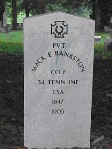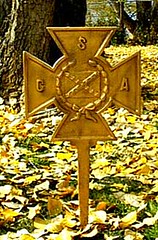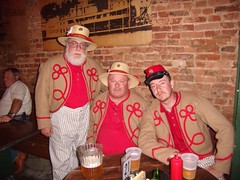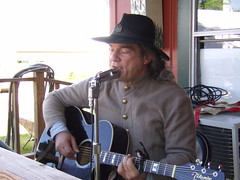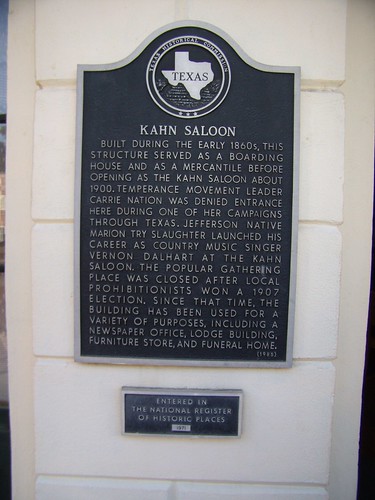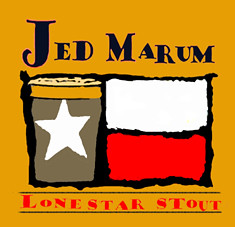I just completed a read of Olen Steinhauer’s novel, Liberation Movements. Steinhauer’s novels in his acclaimed literary crime series take the reader into the dark and dangerous world of communist Eastern Europe, into the lives, agendas, and minds of the secret police and homicide detectives. In this world, nothing is as it seems on the surface, and the author’s story resounds with truth–though fiction, it feels true. The author makes so many allusions to real events and people that I realized we Westerners have also been misled and misinformed (or at least left in ignorance) regarding the world of politics. Here is another excellent historical and cultural study of Eastern Europe.
Liberation Movements is presented from multiple points of view, a difficult task for a novelist, but Steinhauer accomplishes it masterfully and smoothly. The novel builds in intensity and pace and the conflicts resolve themselves effectively. The reader experiences epiphany after epiphany as the story is told and gradually comes to know the characters well, just as the characters come to know the other characters at the same pace. And the themes of the novel–mistakes and how they haunt and shape our lives, the desire and possibility of starting over, and others–these themes will insure the novel’s relevance to readers in the future.
Brano Sev, a career secret-service man I wrote a poem of in an earlier post, is now in a position of authority, a shadow in the story’s background manipulating those under him, still serving the political ideals that drive him. Sev is the penultimate, communist leader–totally committed to his cause and so intuitive about people that it is haunting. Communism is a religion to Sev, and his former “conversion” experience (the torture that both broke him and bound him) reminds me of Orwell’s Winston Smith in 1984 new outlook on Big Brother Totalitarianism at that novel’s conclusion.
This novel is a work of art. I predict that someday we will study Steinhauer’s writing in the way that Solzhenitsyn is studied today.

